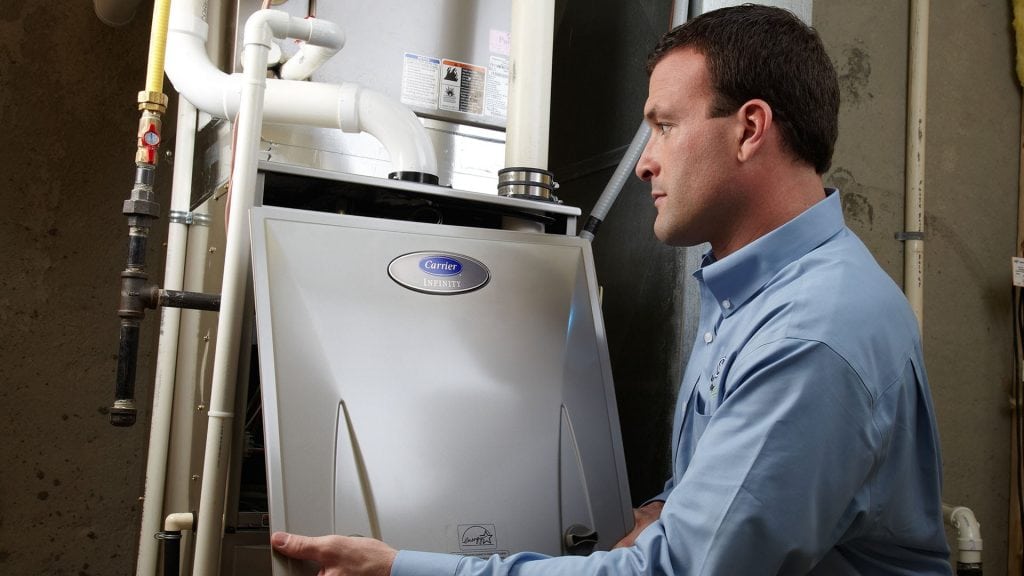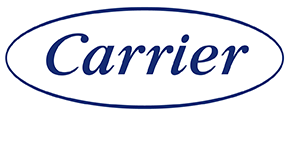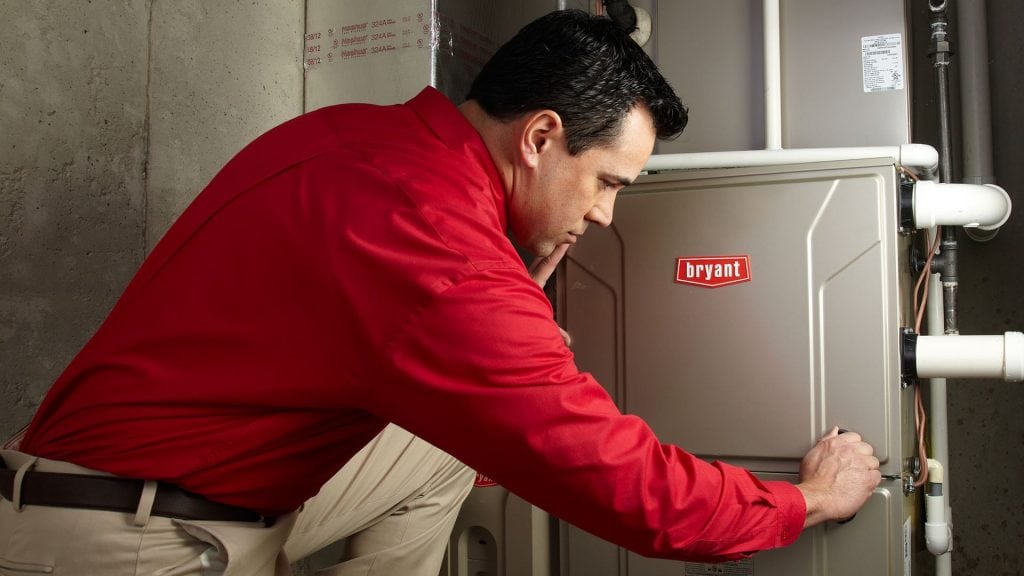Tune it Up for Summer Savings

Tune it Up for Summer Savings
If you dread the expected increase in your utility bills as the mercury rises, then you may want to evaluate your air conditioning system for maintenance needs.
What is Air Conditioning Maintenance?
Maintenance service for your home comfort equipment is much like tune-up service for your vehicle in that a thorough inspection is performed to pinpoint potential problems with critical components of the system. Although a spark plug change may not be convenient, timely completion of this task based on a mechanic's recommendation can save you more serious trouble later on. The same is true as your AC technician inspects your indoor and outdoor units and tests your thermostat. Common steps taken during air conditioning maintenance include:- Tightening of loose fittings
- Testing of electric components
- Cleaning and lubrication of moving parts
- Evaluation of refrigerant levels and identification of potential leaks
- Inspection and cleaning of indoor and outdoor coils
- Cleaning of drain pan and lines
- Testing and calibration of thermostat
- Evaluation of air pressure at registers
Additional Benefits of AC Maintenance
As your equipment is optimized, the efficiency decline associated with normal wear and tear can be countered. This decline can be as much as 5 percent annually, and a system that is ignored over time can experience dramatic performance problems. As you have your system serviced, you can enjoy cooling bill reduction in the following areas:- Refrigerant - inadequate refrigerant can result in poor cooling. It can also stress your compressor. A leak can also affect the environment if you are operating a Freon-based system. An undercharge of 10 percent can represent 20 percent more energy usage. A complete loss of Freon due to an undiagnosed leak can result in expensive repairs.
- Dirty coils - both the inside and outside coils of your system promote energy exchange between the refrigerant and the surrounding air. A layer of dirt inhibits this process, and the combined effects inside and outside can increase energy demands by up to 30 percent.
- Leaky ducts - your technician's test of air pressures may allow for the diagnosis of duct leaks, an issue that can represent between 20 and 40 percent of the cooling energy used in your home.



